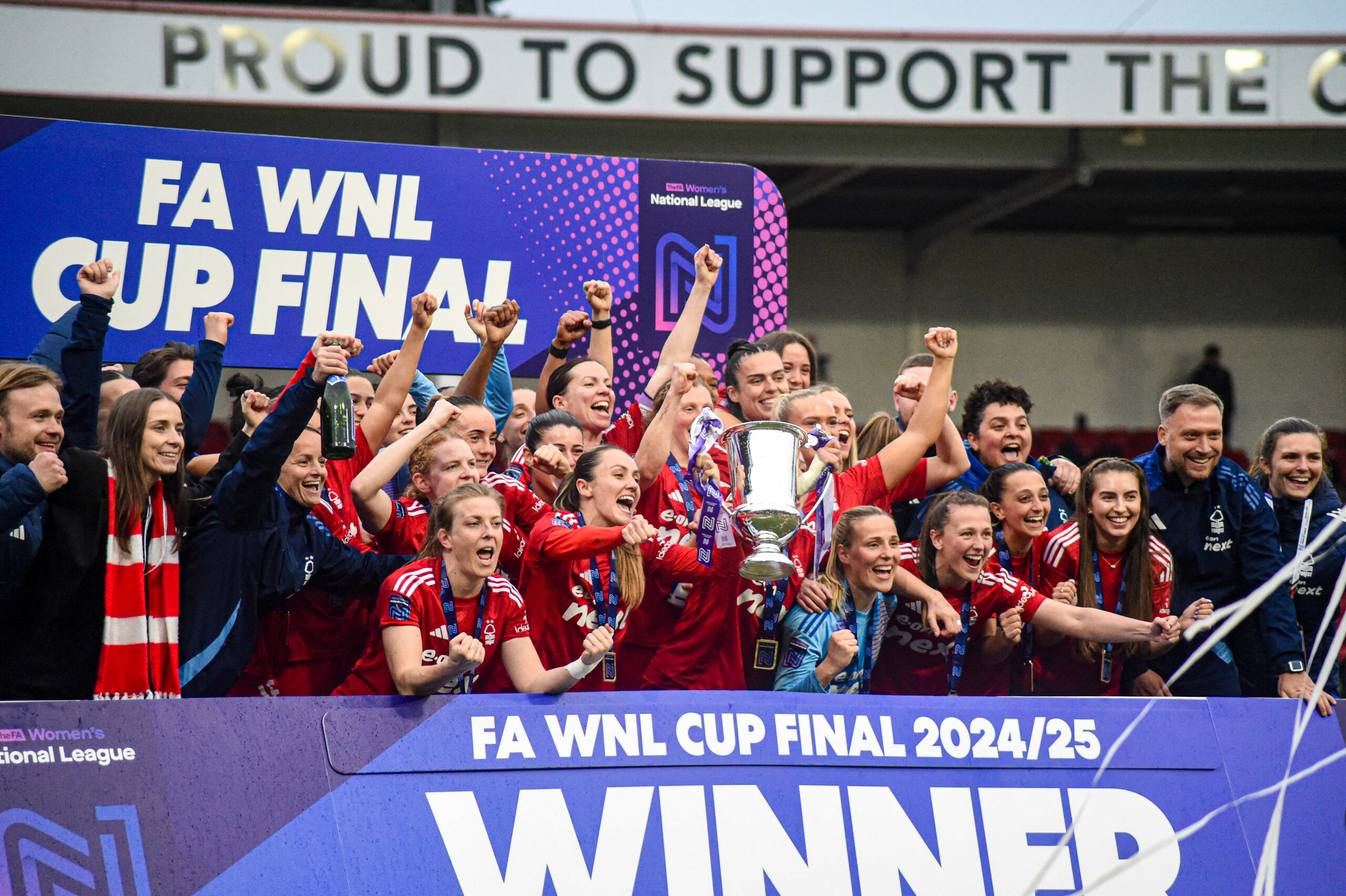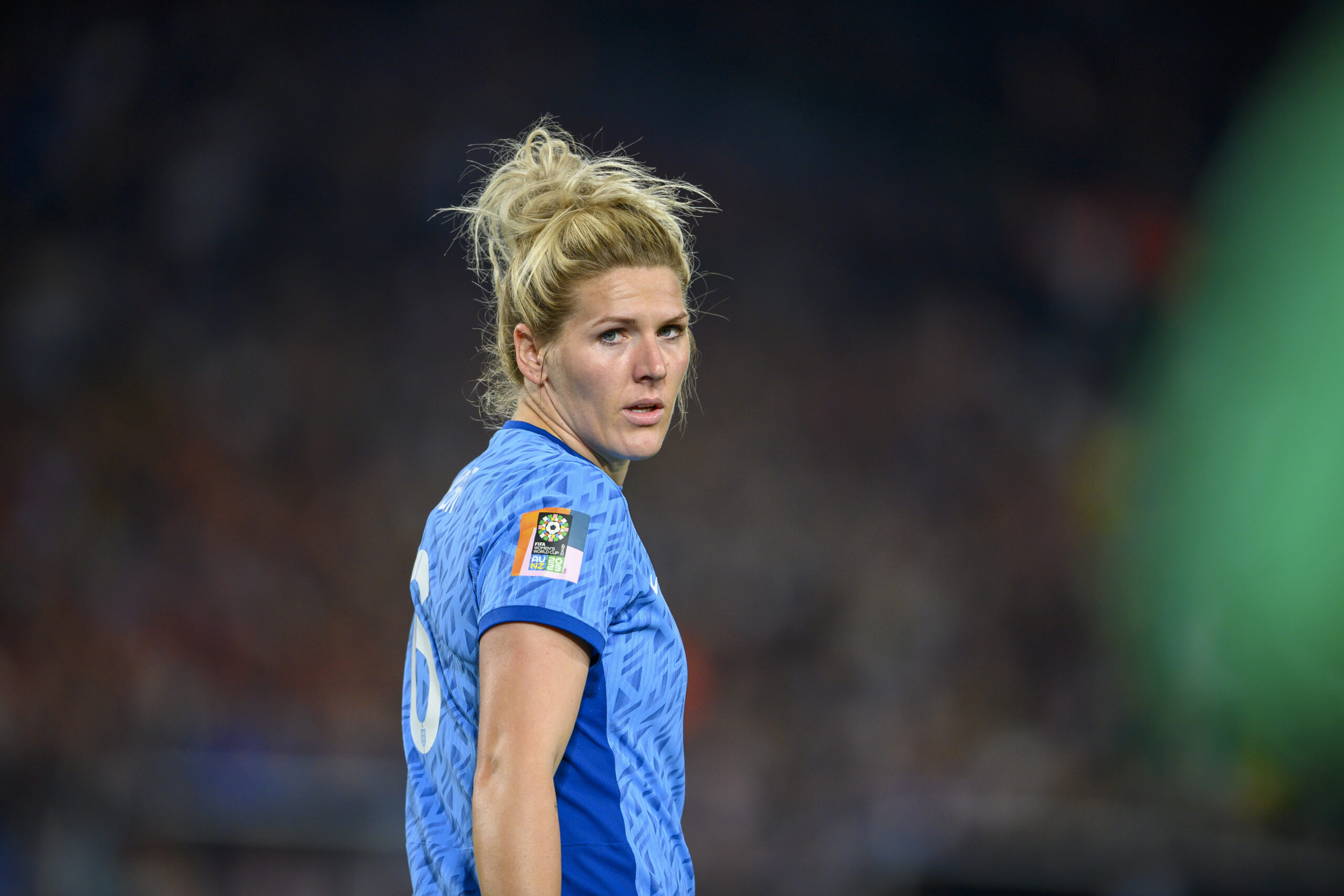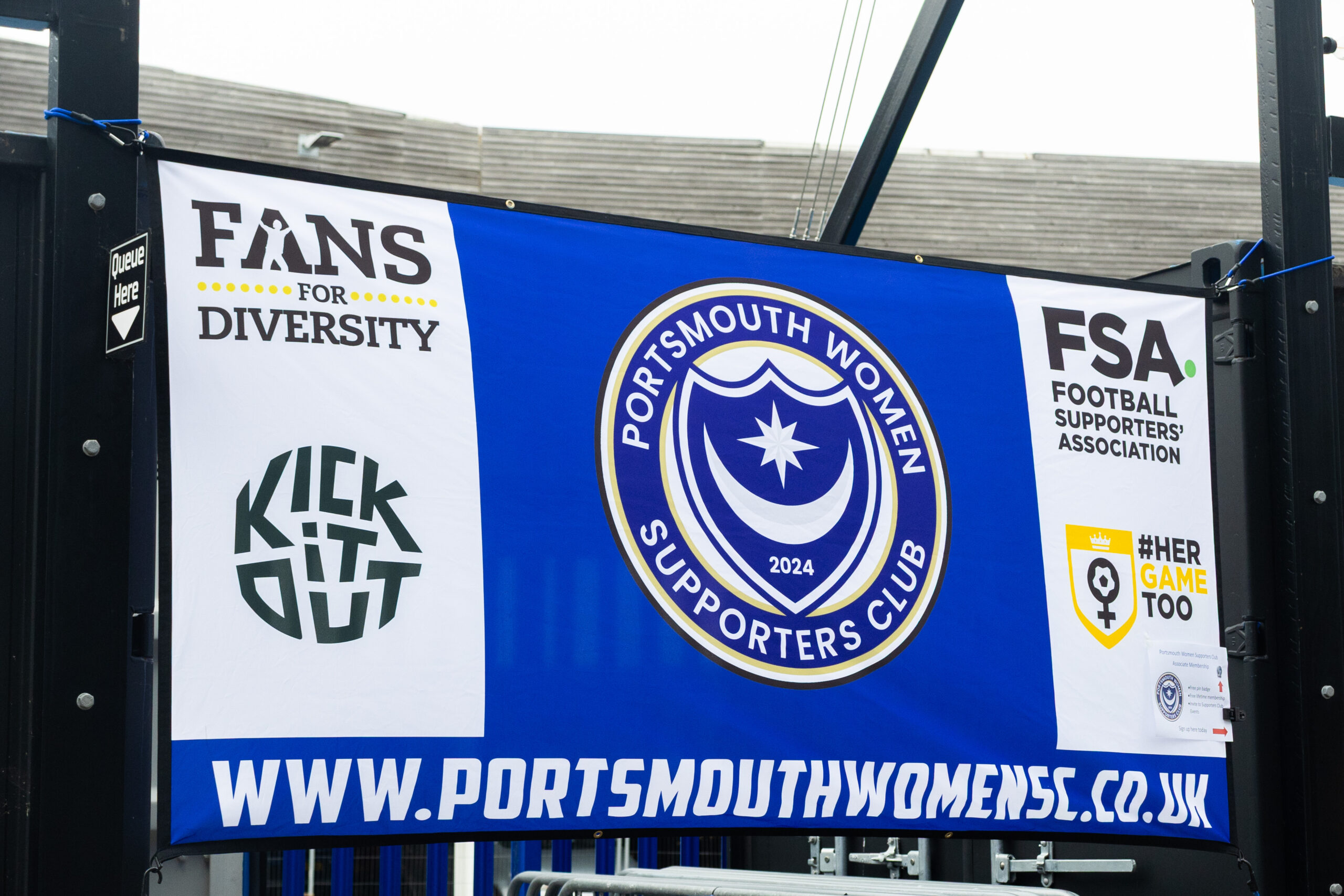The FA Women’s National League (FAWNL) Cup Final showcased the growing appetite for women’s football, drawing a solid crowd and securing live coverage on BBC platforms. While this marked a significant step forward for visibility at this level, it also highlighted the ongoing challenge; consistent coverage remains scarce. If the FAWNL is to thrive, greater media attention and regular streaming options are essential to unlock its full potential.
The highly anticipated cup final, held at Walsall FC’s Poundland Bescot Stadium, saw an attendance of around 1,700 – a solid figure for a competition that often struggles for mainstream recognition. However, what stood out most was the increased media coverage, with the final broadcast live on BBC iPlayer and available on BBC Radio Nottingham.
This level of accessibility is a significant step forward for the FAWNL, ensuring that fans unable to attend in person could still engage with the action. It also marked an important milestone in terms of visibility for the third and fourth tiers of the women’s football pyramid. But while this is progress, it also highlights the lack of consistent coverage for FAWNL clubs throughout the season.
How could more coverage transform the league?
The FAWNL is a crucial part of the women’s football structure in England, providing a competitive platform for clubs aiming to progress into the Women’s Championship. However, outside of major cup finals, coverage remains sporadic. For many clubs, fans rely on social media updates rather than live match coverage, limiting engagement and the potential for growth.
A simple but effective solution would be to introduce regular streaming options for FAWNL games. Even if full-scale television coverage isn’t feasible, platforms like YouTube, Facebook Live or club-managed streaming services could dramatically increase visibility.
Increased coverage would bring several key benefits:
- Greater Fan Engagement: More opportunities to watch games live would strengthen the connection between clubs and their supporters. Fans who can’t attend in person, whether due to distance, cost or scheduling conflicts, could still follow their team.
- More Sponsorship and Investment: Visibility is crucial for attracting sponsors. A consistently streamed league would provide businesses with clear audience figures, making the FAWNL a more appealing commercial prospect. Many clubs within tier 3 currently lack sponsors for their players, making the game increasingly inaccessible to those without.
- Player Recognition and Development: More exposure means greater recognition for talented players. If FAWNL matches were regularly available to watch, it would become easier for clubs higher up the pyramid to scout emerging talent, increasing opportunities for player progression.
- Growing the Game at All Levels: The FAWNL plays a vital role in the women’s football ecosystem, and stronger coverage would support the overall growth of the sport by inspiring new fans and future players.
The FAWNL Cup Final’s presence on BBC platforms was an important moment, showing that there is an audience for these games when they are made accessible. But for the league to truly grow, regular coverage is essential. Even a basic streaming setup, similar to what is already being done by clubs in the lower leagues of men’s football, would mark a major improvement.
Women’s football in England is experiencing an exciting period of growth, but that momentum needs to extend beyond the WSL and Championship. By embracing digital platforms and making FAWNL games more accessible, the league could attract more fans, increase revenue and ensure that players and clubs at this level get the recognition they deserve. The Cup Final broadcast was a step forward, but now it’s time to build on it.



